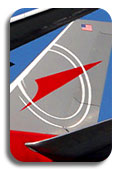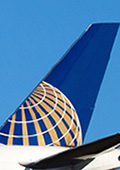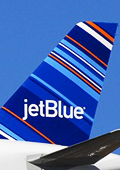Stricter Aircraft Tracking Rules Are Coming Your Way
Last November, the announcement to shift from a ground-based tracking system to a satellite-based tracking system was made at the UN’s World Radiocommunication Conference.
On March 8, 2016, just two years removed from Flight MH370’s disappearance, the UN’s International Civil Aviation Organization’s (ICAO) governing council approved the proposal and announced new provisions to expand on November’s decision in order to prevent future aircraft disappearances.
According to the ICAO, airlines will have until 2021 to comply with these major changes:
- All aircraft will be required to carry tracking devices that can send a distress signal via satellite at least once every minute.
- The CVR, or black box, must be able to hold at least 25 hours of recording.
- Aircraft operators must ensure the recovery of the flight recorder data.
"Taken together, these new provisions will ensure that in the case of an accident the location of the site will be known immediately to within six nautical miles, and that investigators will be able to access the aircraft's flight recorder data promptly and reliably," said ICAO Council President Olumuyiwa Benard Aliu in the statement.
"They will also contribute to greatly improved and more cost-effective search and rescue operations."
-

Delta Air Lines 04/23/2024
-

United Parcel Service 04/23/2024
-

Hawaiian Airlines 04/22/2024
-

United Airlines 04/22/2024
-

JetBlue Airways 04/19/2024
 AIRLINE PILOT CENTRAL
AIRLINE PILOT CENTRAL